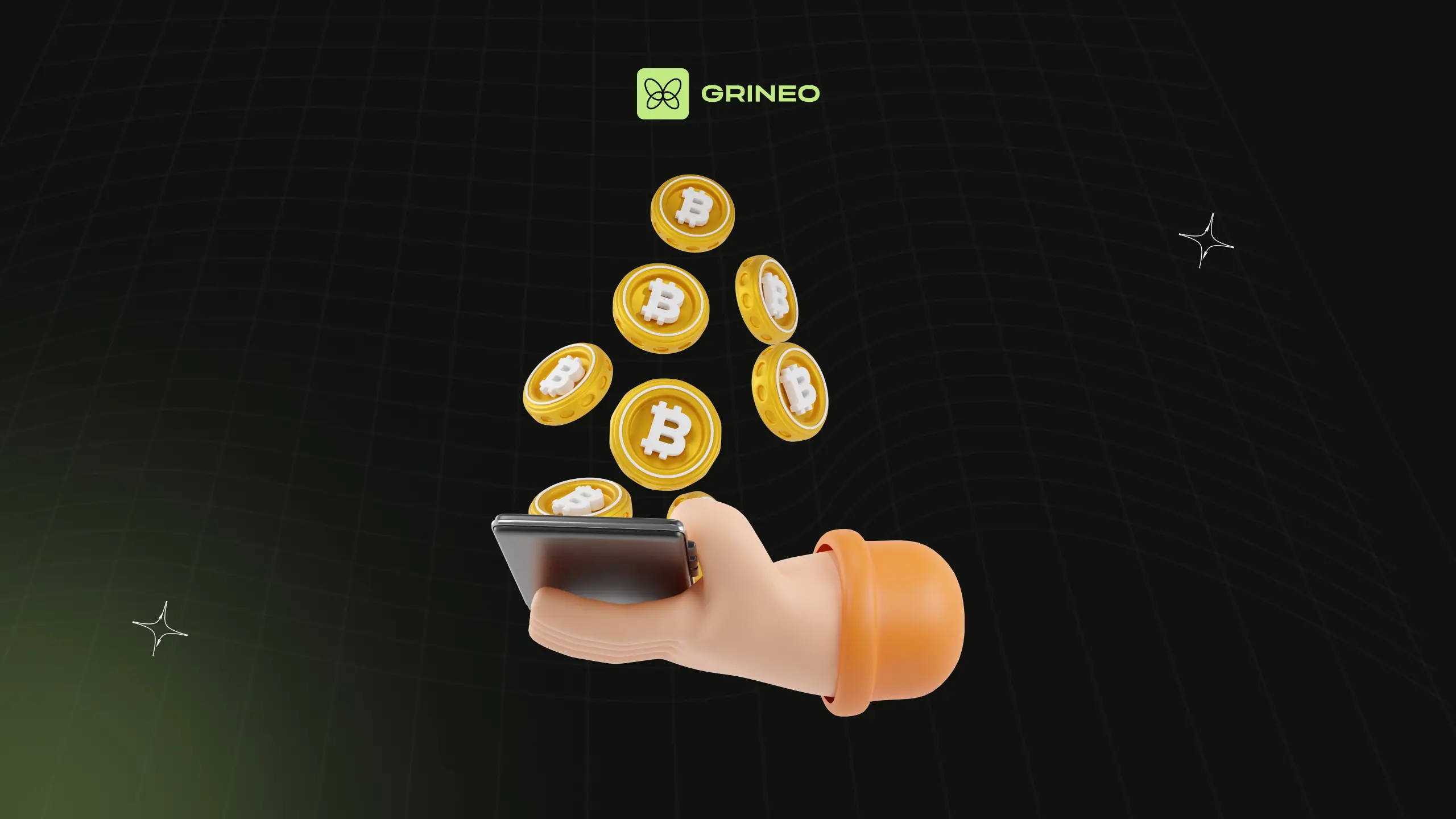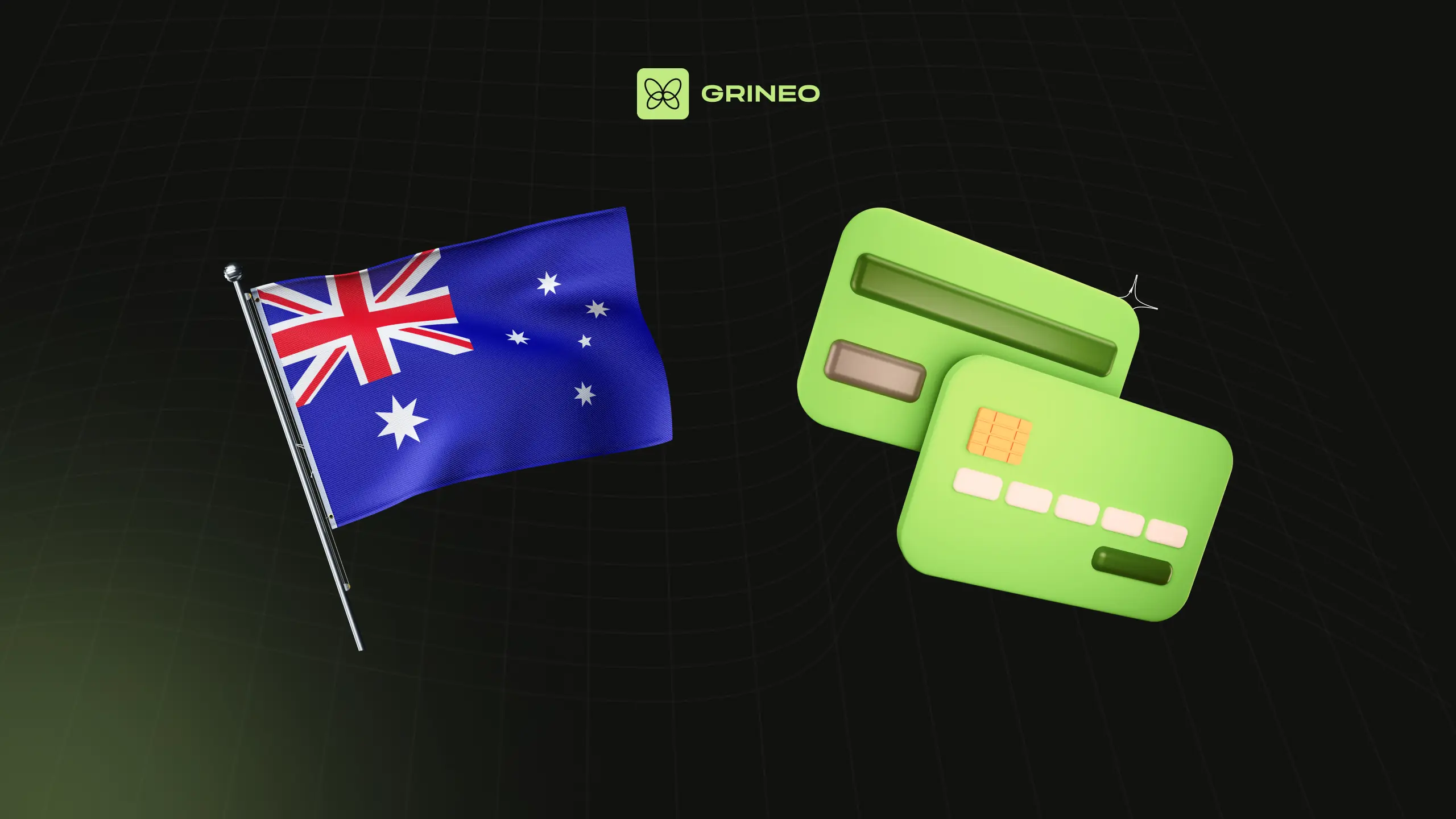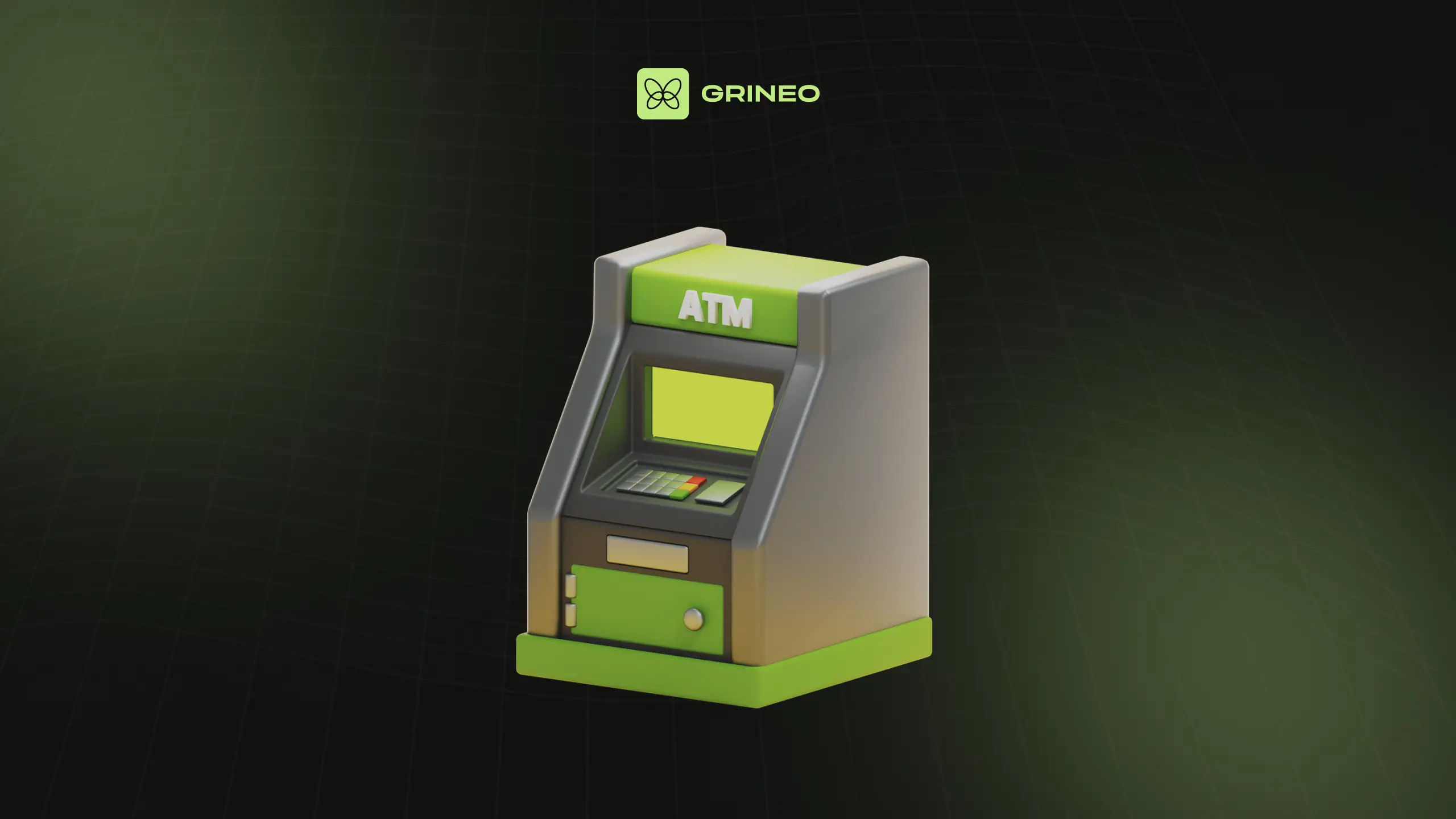How to Mine Bitcoin in Australia in 2024: A Complete Guide
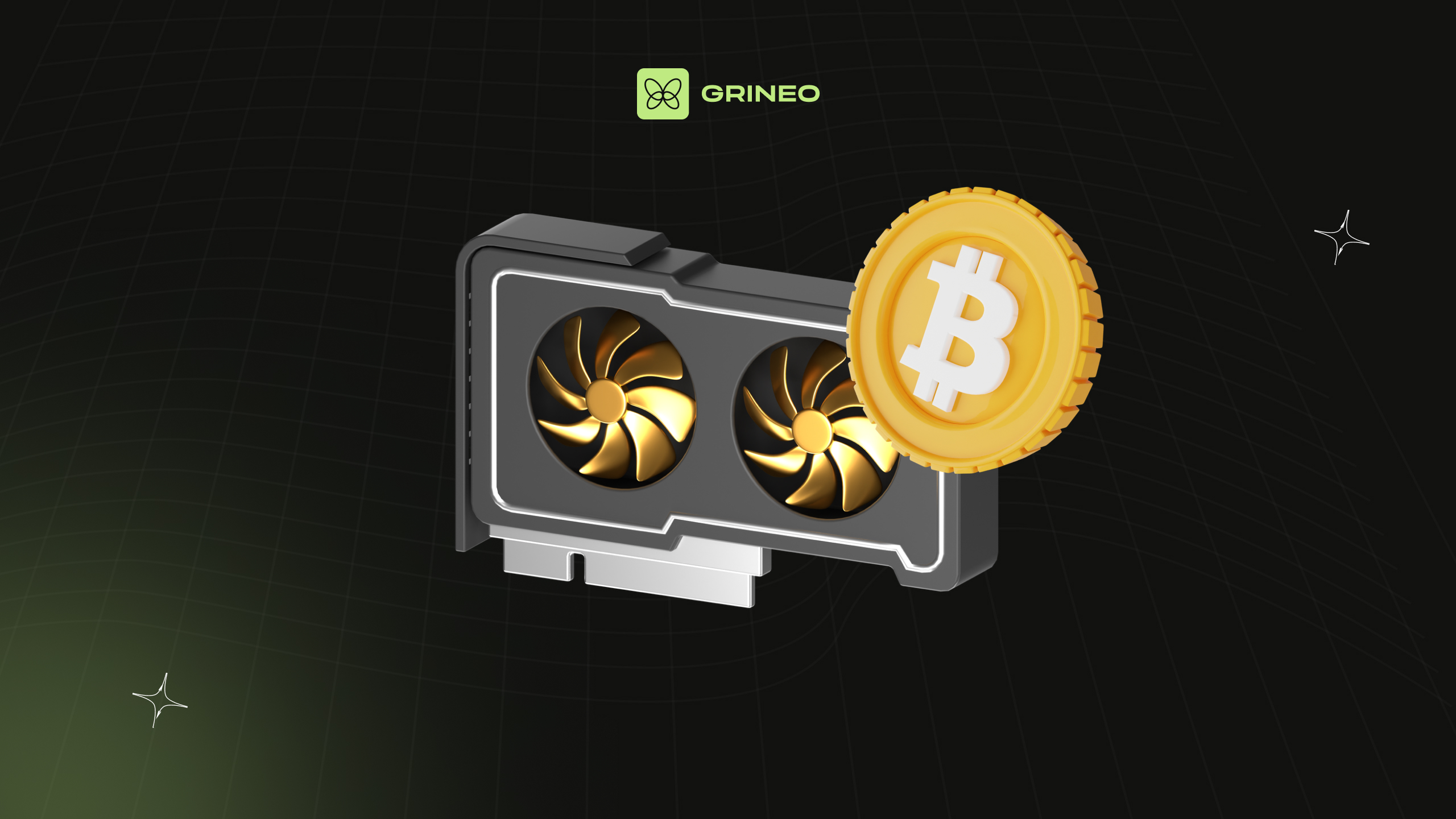
Bitcoin mining is not as straightforward as it used to be, with major industrial mining operations taking over what was once a hobbyist activity. With more money involved and specialized ASIC mining hardware, miners typically join mining pools now in the effort to stay competitive, and even then, competition is stiff.
Let’s take a look at how to mine Bitcoin in Australia in 2024 to assess whether it’s right for you.
Contents
- Understanding Bitcoin Mining
- Mining Hardware Options
- Electricity Costs in Australia
- Cloud Mining vs. Personal Mining
- Joining a Mining Pool
- Mining Software
- Legal Considerations
- How to Calculate BTC Mining Profitability in Australia
- Conclusion
Understanding Bitcoin Mining
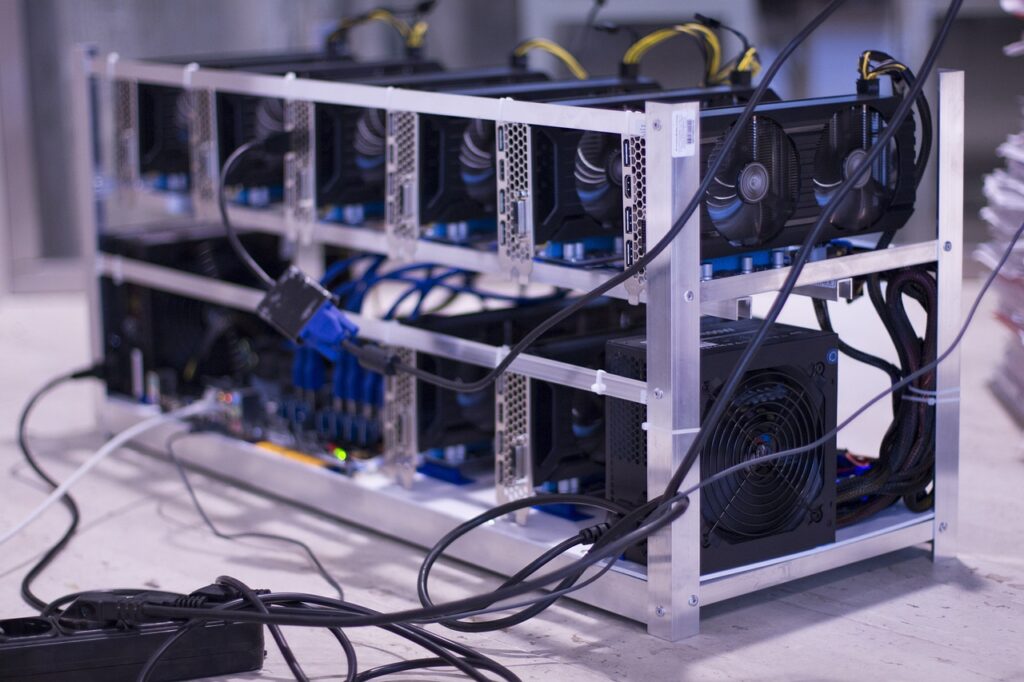
Bitcoin mining is a critical process within the Bitcoin network, where miners use computational power to validate transactions and add them to the blockchain. Mining involves solving complex cryptographic puzzles, and in return for their efforts, miners are rewarded with newly minted Bitcoins and transaction fees from the block.
At the heart of Bitcoin mining is blockchain technology, which ensures the network remains secure and decentralized. Miners compete to solve cryptographic problems, and the first to solve the problem adds a new block to the blockchain, a process called “proof-of-work.” This not only helps maintain the integrity of the Bitcoin network but also prevents double-spending and other forms of fraud.
In Australia, Bitcoin mining is legal and can be done at both a personal and industrial scale. However, due to the competitive nature of mining, having powerful hardware—such as ASIC (Application-Specific Integrated Circuit) miners—is essential to be profitable. These devices are designed specifically for mining and provide much higher efficiency than traditional CPUs or GPUs.
One of the major challenges in Bitcoin mining is its energy consumption. Mining consumes a vast amount of electricity, which can be a major cost factor, particularly in countries like Australia, where electricity prices are relatively high. This is why many miners look for ways to reduce costs, such as using renewable energy sources like solar power. To stay profitable, miners must also consider factors such as Bitcoin’s fluctuating market price, mining difficulty (which increases as more miners join the network, and hardware efficiency. Joining mining pools, where multiple miners collaborate to increase their chances of earning block rewards, is a popular strategy to achieve steady payouts.
Bitcoin mining is a complex and resource-intensive activity, but it plays an essential role in maintaining the Bitcoin network’s security and transaction verification process.
Mining Hardware Options
Electricity Costs in Australia

Electricity is one of the most significant costs for Bitcoin miners in Australia. Mining Bitcoin requires running high-powered machines 24/7, which consume large amounts of electricity. With electricity prices in Australia ranging from $0.25 to $0.33 per kWh, miners need to account for these costs when calculating profitability. For example, using a standard ASIC miner could result in daily electricity usage between 3 and 7 kWh, depending on the hardware and its efficiency.
Given the high energy consumption, many Australian miners are turning to renewable energy sources such as solar power to offset costs. While the initial investment in solar panels can be significant, it can help reduce long-term electricity expenses, making mining more viable.
It’s crucial to factor in electricity costs when planning a mining operation. Using a profitability calculator that includes electricity expenses can help estimate the potential earnings of a mining setup. Additionally, reducing energy usage by optimizing hardware and choosing energy-efficient equipment can make a significant difference in long-term profitability. In summary, electricity prices play a major role in determining whether Bitcoin mining in Australia is profitable, and finding ways to reduce energy consumption is essential.
Cloud Mining vs. Personal Mining
Cloud mining offers a way to mine Bitcoin without the need to purchase and maintain your own hardware. Instead, miners rent computational power from providers who operate large-scale mining facilities. While this may seem like a convenient option, there are significant downsides that make it less profitable in most cases.
The biggest limitation of cloud mining is the high cost of fees associated with renting equipment. These fees often offset any potential earnings, especially as Bitcoin mining becomes more competitive and difficult. Unlike personal mining, where you can control your hardware and operational costs, cloud mining contracts often lock users into fixed agreements, limiting flexibility. Additionally, as the rewards from mining decrease due to Bitcoin’s halving events, cloud mining’s profitability is further reduced over time.
Furthermore, cloud mining contracts can be risky, as some providers may not be transparent or reliable. There have been instances where users have fallen victim to scams or failed services, resulting in a total loss of investment. This makes careful research and due diligence essential before committing to any cloud mining service.
In most cases, buying Bitcoin directly may yield better returns compared to cloud mining, given the rising difficulty of mining and the operational costs involved. If you’re considering cloud mining, it’s crucial to calculate potential earnings versus expenses and ensure the service provider is reputable and trustworthy.
Joining a Mining Pool

For individuals mining Bitcoin in Australia, joining a mining pool is a practical and often necessary step. Mining Bitcoin solo has become increasingly difficult due to the high competition and the rising difficulty of solving cryptographic puzzles. By joining a mining pool, miners combine their computational resources with others, significantly improving their chances of successfully mining Bitcoin blocks and earning rewards.
Mining pools allow miners to earn a steady, albeit smaller, stream of Bitcoin rather than waiting for a solo win. When a pool solves a block, the rewards are distributed among the participants based on their contribution to the pool’s overall hashing power. This reduces the variance in mining income and provides a more predictable flow of rewards.
When selecting a mining pool, it’s important to consider factors such as the pool’s fee structure, payout frequency, and the reliability of the pool’s infrastructure. Additionally, checking user reviews and the pool’s transparency in reward distribution can help ensure you’re joining a trustworthy operation.
Overall, joining a mining pool is a great way for smaller or individual miners to remain competitive in the Bitcoin mining landscape and ensure more consistent returns.
Mining Software
Once you have your hardware and a mining pool selected, the next step is choosing the right mining software. Mining software acts as the bridge between your mining hardware and the Bitcoin network. It helps control your mining equipment, connect to a pool, and optimize performance to ensure maximum efficiency in solving cryptographic puzzles.
There are various mining software options available, each with different features and levels of complexity. For beginners, software like EasyMiner offers a user-friendly interface, making it easy to set up and start mining with minimal technical knowledge. For more advanced users, CGMiner is a popular choice, as it provides extensive customization options and allows miners to tweak performance based on their hardware.
Mining software also needs to be compatible with your hardware, so it’s important to check that the software supports ASIC miners or GPUs, depending on what you are using. Additionally, some mining pools may recommend or require specific software, so it’s worth following their suggestions for better compatibility and performance.
The right software can greatly impact your mining efficiency, so it’s essential to choose one that aligns with your hardware and expertise level. Proper configuration of the software is also key to ensuring that your mining rig performs optimally.
Legal Considerations

In Australia, Bitcoin mining is legal, but it comes with several important legal and tax implications. The Australian Tax Office (ATO) considers Bitcoin and other cryptocurrencies as property, meaning that any gains made through mining activities are subject to income or capital gains tax, depending on the scale of the operation.
For individual miners, the ATO may treat the rewards from mining as taxable income. If you mine Bitcoin as a hobby, any Bitcoin earned is considered personal income and must be declared in your tax return. However, if you operate mining as a business, you are subject to business tax rules, which could include deductions for electricity, hardware, and other expenses related to mining.
Additionally, miners must keep accurate records of all transactions, including the market value of mined Bitcoin at the time it was received and any subsequent sales. This information will be necessary when reporting to the ATO to ensure compliance with tax laws.
It is advisable to consult with a tax professional who is familiar with cryptocurrency regulations to ensure that your mining activities comply with Australian tax laws and to understand the potential liabilities. Maintaining thorough records of expenses, earnings, and Bitcoin transactions is key to avoiding legal complications.
How to Calculate BTC Mining Profitability in Australia
One of the most critical aspects of Bitcoin mining is understanding profitability and the impact of mining difficulty. Mining profitability depends heavily on factors such as hardware efficiency, electricity costs, and Bitcoin’s market value. As more miners join the network and compete to solve blocks, the difficulty of mining increases. This makes it essential to calculate potential profits before investing in mining equipment.
To determine profitability, miners should use a profitability calculator. These tools allow you to input variables like electricity costs, hardware power consumption, and the current Bitcoin price to estimate your earnings. Popular calculators, such as those from NiceHash or CryptoCompare, can help you predict daily, weekly, or monthly returns, considering both the rewards from mining and the associated costs.
Mining difficulty is another key variable that fluctuates over time. Bitcoin’s network adjusts the difficulty approximately every two weeks (or 2016 blocks) based on the total hashing power. As more miners compete to mine Bitcoin, the difficulty increases, making it harder to earn rewards. This scaling difficulty ensures that blocks continue to be mined at a steady rate but reduces individual profitability as more participants join the network.
Therefore, when calculating profitability, it’s crucial to factor in potential changes in difficulty, as these shifts can have a significant impact on your long-term earnings. Staying updated on mining difficulty trends and regularly recalculating profits can help ensure your mining operation remains viable.
Cash Out of Crypto Anywhere
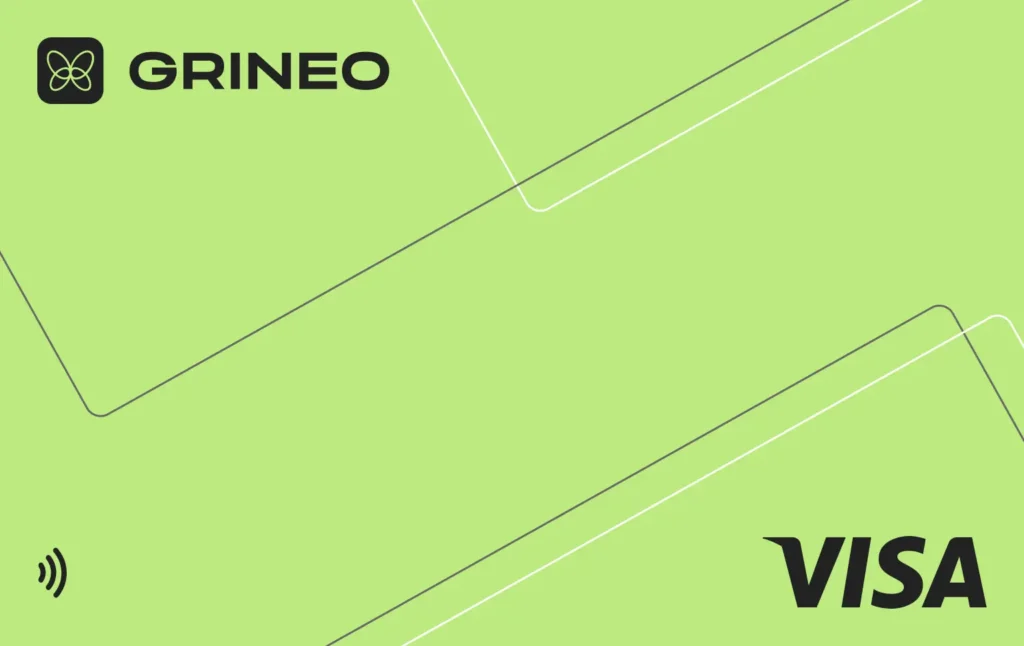
Bitcoin mining in Australia is possible but requires careful planning. With the right hardware, energy solutions, and mining pool participation, you can still turn a profit. Be sure to assess all costs and stay informed about market and regulatory changes.
If you’re looking to cash out of Bitcoin, Ethereum, USD Coin, or Tether, don’t forget that you can use the Grineo card to swap between these four assets and instantly convert stablecoins in stores and at ATMs worldwide!
Sign up to Grineo here.




